About Compost
Compost is a nutrient-rich soil amendment created from decomposed organic matter, enriching the soil and promoting plant growth.
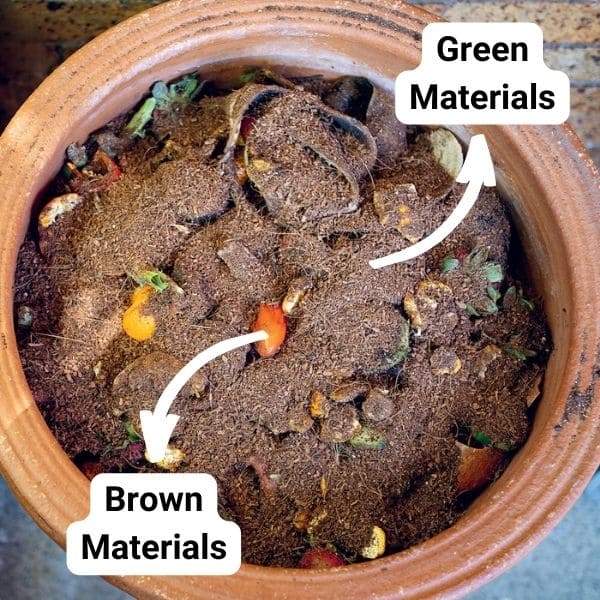
IN THIS ARTICLE:
ToggleCompost is a nutrient-rich soil amendment created from decomposed organic matter, enriching the soil and promoting plant growth.
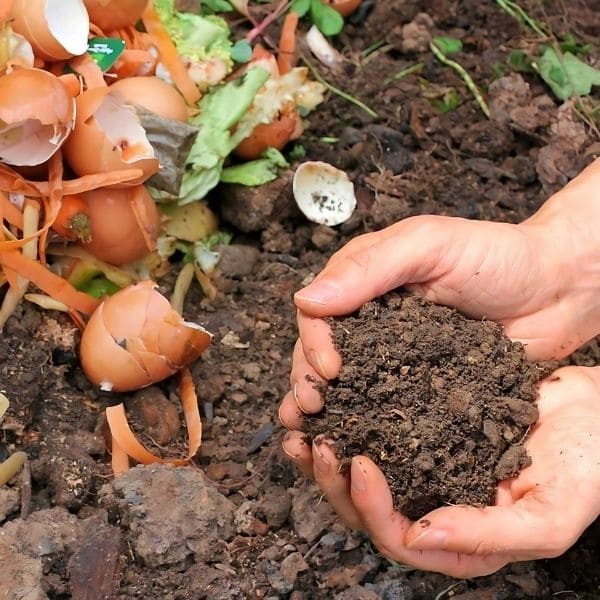

Four core values of compost:
Collect yard waste to make your compost pile: fruit and vegetables, coffee grounds, eggshells, dry leaves, chopped wood and bark chips, straw,…
Tips:
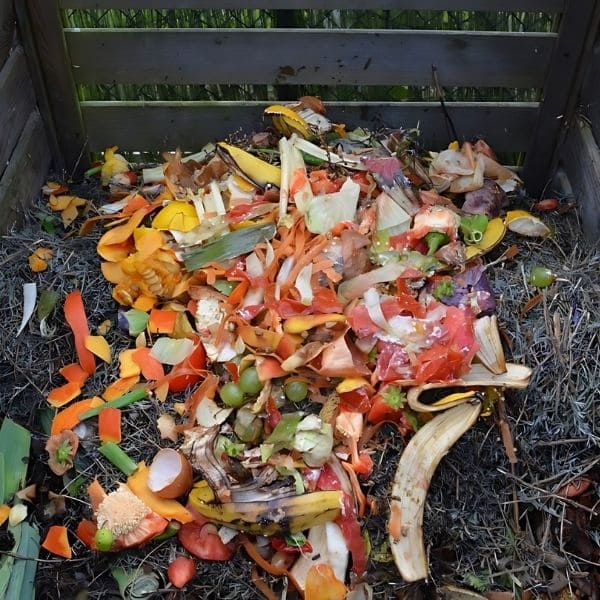
Gather materials to make a pile at least 3 feet deep, combining wet (green) and dry (brown) items.
Brown materials like dried plant matter, leaves, cardboard, and wood shavings provide carbon. Green materials like kitchen scraps, coffee grounds, and grass trimmings offer nitrogen.
Aim for a mix of three parts brown to one part green for best results. Adjust by adding more brown if it’s too wet or more green if it’s too dry.

Regularly moisten the compost pile. You should not overwater to miss microorganisms.
Use a compost thermometer or check by hand to ensure proper decomposition.
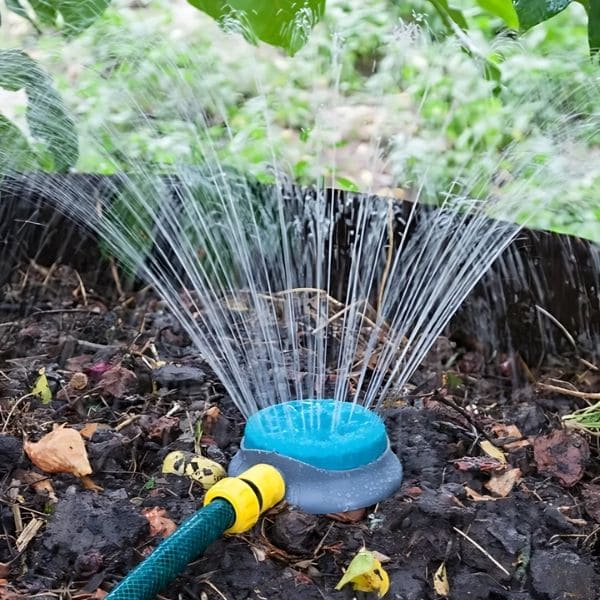
Use a garden fork to turn the compost pile weekly during the growing season. The best temperature to sir is 130°F to 150°F.
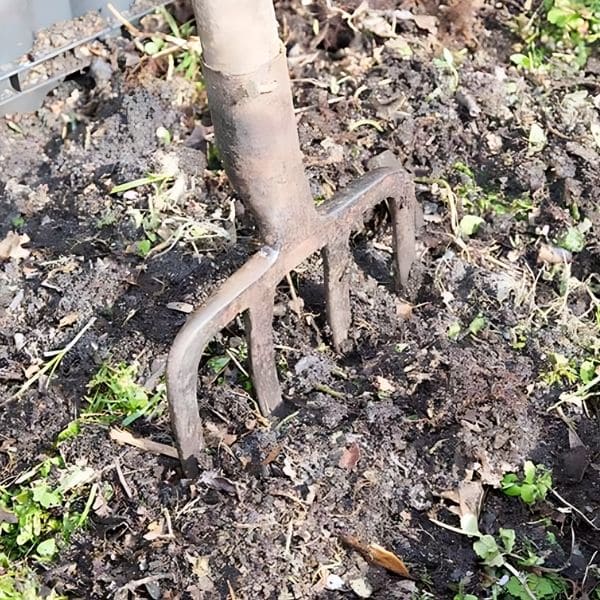
When the compost pile becomes dry, brown, and crumbly, and no longer emits heat, it is fully decomposed and ready for the garden.
Apply 4 to 6 inches of compost to flower beds and a thick layer to pot tops at the start of each planting season.
Some gardeners make compost tea by steeping finished compost in water for a few days, then straining it to create a homemade liquid fertilizer.
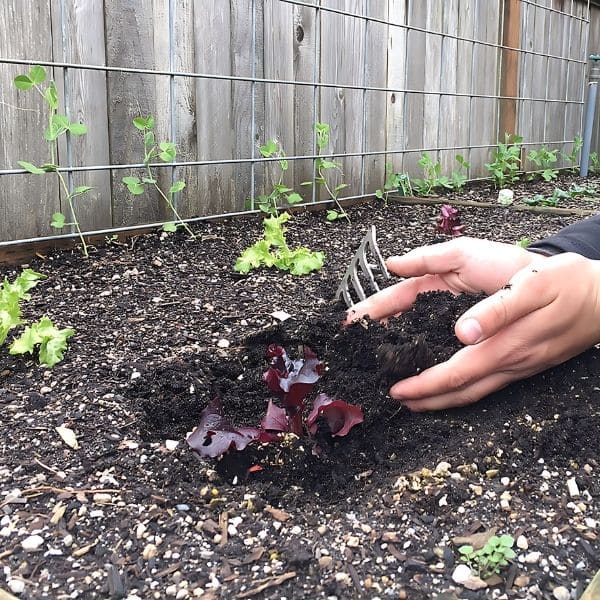
DIY composting at home is interesting. You will be proud to see the garden grow fast thanks to this compost.
Start composting today, and turning your everyday scraps into something that keeps your garden flourishing year after year.

Lois Capone is a wife and mom in her 50s who enjoys sharing gardening, DIY tips, and home decor ideas. She believes that with some inspiration, anyone can create a special feel in their home and garden.
Propagating Anthuriums is often described as easy, yet many growers end up disappointed after weeks of waiting with nothing to...
Imagine slicing open a single tomato, planting it in soil, and just weeks later seeing trays filled with bright green...
When I first started composting, I thought it would be a slow and patient process. I’d pile up kitchen scraps...
Freshly cracked black pepper might be a kitchen essential, but few people know it’s something you can actually grow at...
I still remember the first time I grew corn. I had no idea what I was doing, just a handful...
Roselle hibiscus is a treasure trove of color, culture, and culinary possibilities. Known for its vibrant crimson calyces, Roselle is...